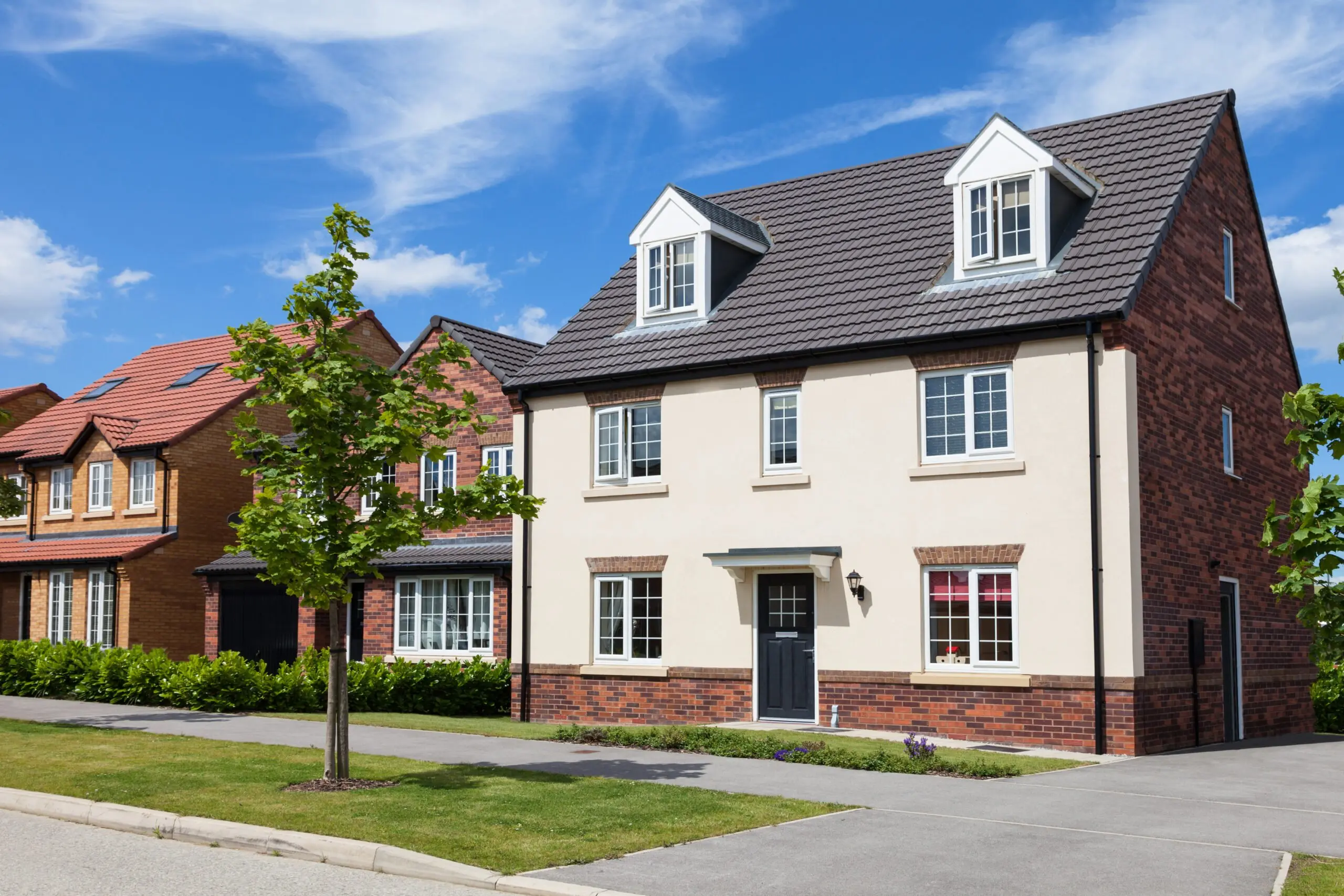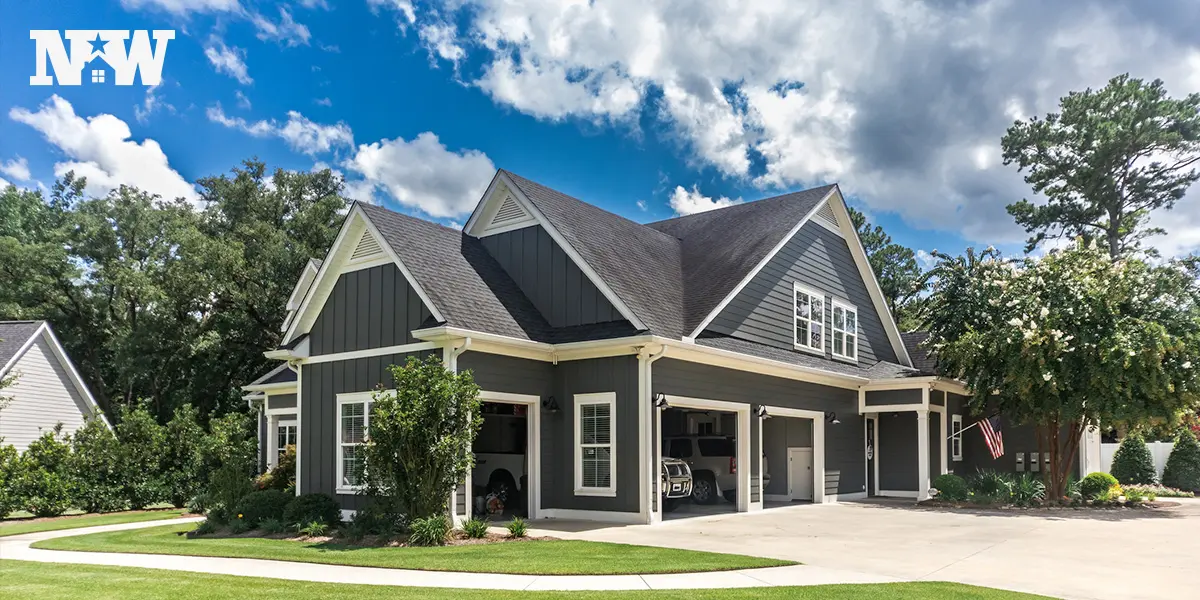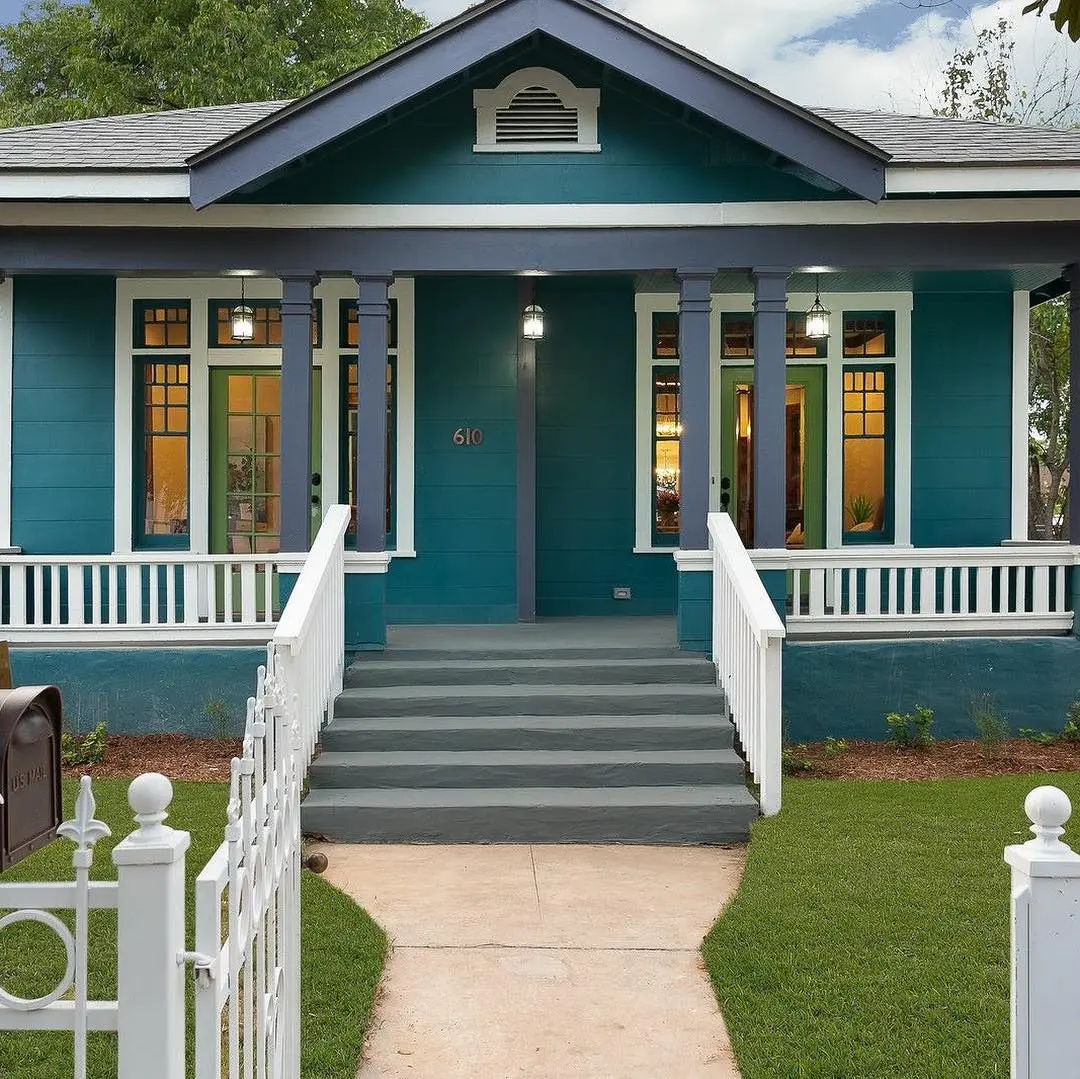It’s September 2023. What do real estate investors, wholesalers, and real estate agents need to know about the current market?
As of September, U.S. home prices are up 3% year-over-year despite limited supply and low demand. Homebuyers are looking for deals as mortgage rates remain high. Starter homes and those in the middle-income range are selling fast with multiple offers. There aren’t enough homes to buy even though there are 4.3 million vacant and uninhabitable homes in need of renovation.
What does this mean for investors?
In our June survey of 1358 New Western investors, 93% of New Western investors said they plan to purchase a property in 2023 even though inventory remains low. In fact, they report that their businesses are strong and growing as they are able to deliver inventory even with the housing shortage.
Where are these investors primarily doing business as of September 2023?
Investor activity is a good sign and change happens fast. New Western tracks investor activity month-over-month.
In August 2023 the top five markets experiencing the most activity were:
Salt Lake City, Utah
Las Vegas, Nevada
Greensboro, North Carolina
Pittsburgh, Pennsylvania
Boston, Massachusetts
In September 2023, the current markets experiencing the most activity are:
Birmingham, Alabama
Fort Myers, Florida
Saint Louis, Missouri
Columbus, Ohio
Salt Lake City, Utah
While Salt Lake City, Utah is still busy, new cities are popping with activity for New Western investors.
The rankings will continue to shift and leapfrog and none of these markets should be overlooked or considered “closed for business”. These cities are getting much needed, fresh inventory for buyers to snatch up and for investors to continue rehabbing.
Let’s take a look at the stats on the current housing market:
Existing Home Sales
Existing-home sales moved lower in August 0.7% and dropped by 15.3% from one year ago. Inventory dipped 0.9% from July to August and unsold inventory sits at 3.3-month supply at the current sales pace, identical to July and up from 3.2 months in August 2022. Properties typically remained on the market for 20 days in August, unchanged from July and up from 16 days in August 2022. Seventy-two percent of homes sold in August were on the market for less than a month. There was a small dip in inventory from July to August but still over a 3 months supply. Home sales have remained relatively stable but mortgage rates are the big outlier. How high will they go? The median existing-home sales price climbed 3.9% from one year ago to $407,100 – the third consecutive month the median sales price surpassed $400,000 since January 1999, according to the National Association of REALTORS®.
“Home prices continue to march higher despite lower home sales,”NAR Chief Economist Lawrence Yun said. “Supply needs to essentially double to moderate home price gains.”

Pending Home Sales
Pending home sales increased for the second straight month in July, up 0.9% from June – the first increase since February – according to the National Association of REALTORS®.
Pending home sales fell in all four U.S. regions compared to one year ago. But, month-over-month, the Northeast and Midwest posted monthly losses, while sales in the South and West grew.
Pending transactions fell by 14% year-over-year. The West index improved 6.2% in July to 61.3, dropping 12.8% from July 2022. Significant price changes in the West have caused buyers to return to that part of the country.
“The small gain in contract signings shows the potential for further increases in light of the fact that many people have lost out on multiple home buying offers,”said NAR Chief Economist Lawrence Yun.

What about new home sales?

The median sales price of new houses sold in July 2023 was $436,700 compared to $415,400 at the end of June 2023. The average sales price was $513,000 in July.
There were 437,000 new houses for sale at the end of July and this represents a 7.3-month supply of new homes, down from 7.4 months in June 2023.
New construction is often held up as the main solution for dealing with the housing shortage but it isn’t the only solution.
Housing Starts
Privately‐owned housing starts in August were 11.3% below the revised July estimate. Single‐family housing starts in August were 4.3% below the July figure.
Housing Completions
Privately‐owned housing completions in August were 5.3% above the revised July estimate of 1,335,000. Single‐family housing completions in August were 6.6% below the revised July rate of 1,029,000.
“The two-month decline in builder sentiment coincides with when mortgage rates jumped above 7% and significantly eroded buyer purchasing power,” said NAHB Chairman Alicia Huey.“And on the supply-side front, builders continue to grapple with shortages of construction workers, buildable lots and distribution transformers, which is further adding to housing affordability woes. Insurance cost and availability is also a growing concern for the housing sector.”
Who are the buyers in the market according to the July and August data release?
First-time buyers were responsible for 29% of sales in August, down from 30% in July and identical to August 2022.
Individual investors or second-home buyers, who make up many cash sales, purchased 16% of homes in August, the same share as in July and one year ago.
Distressed sales – foreclosures and short sales – represented 1% of sales in August, unchanged from last month and the previous year.
All-cash sales accounted for 27% of transactions in August, up from 26% in July and 24% in August 2022.
What about those mortgage rates?
Mortgage rates have remained somewhat flat and continue to hover above seven percent as of September 2023. Builder sentiment declined for the first time in several months and construction levels have dipped to a three-year low, which could have an impact on the already low housing supply.
A 30-year fixed rate mortgage is at 7.19% as of September 21st. For historical reference, and potentially to ease some angst around interest rates, twenty years ago, mortgage rates were 6.01% in September 2003.
Joel Kan, MBA’s vice president and deputy chief economist said “Mortgage applications increased last week, despite the 30-year fixed mortgage rate edging back up to 7.31 percent – its highest level in four weeks,” said Joel Kan, MBA’s Vice President and Deputy Chief Economist. “Refinance applications also increased last week but are still almost 30 percent lower than the same week last year.”
Where are rental rates headed?
Median rent was $2052 in August, up from $2038 in July and just $2 below the record high that was set in August 2022. Rent prices might be high but rent growth remains sluggish.
Asking rents may be near an all-time high, but tenants in some parts of the country are finding deals. With vacancies on the rise, some landlords are offering concessions and discounts to attract renters while maintaining high asking rents on paper. This technically means that rents are becoming cheaper, at least at the time a new tenant signs a lease and gets a discount.
“A year ago, you really didn’t see concessions in the market. Fast forward to today, and they are far more common, with landlords offering from one to three months free in an effort to attract new tenants without lowering their asking rents,” said Jon Ziglar, Chief Executive Officer Rent., a Redfin company.
Rents fell in the west but rose in the midwest and northeast.
In the West, the median asking rent fell 1.1% year over year to $2,469 in August. And in the South, it fell 0.3% to $1,673—the first (albeit small) decline since 2020. By comparison, asking rents climbed 4.6% year over year to a record $1,434 in the Midwest and rose 1.2% to $2,509 in the Northeast.
New Opportunity. New Western.
There is no time like the present for real estate investors to capitalize on timely opportunities. With an ever-changing market, it’s critical to have a pro in your corner who can uncover the right deals to fit your investment strategy.
New Western agents are constantly identifying value-rich opportunities for our clients. Let us help you discover the one that fits your strategy.
Contact us to see if you qualify for access to our exclusive inventory.








